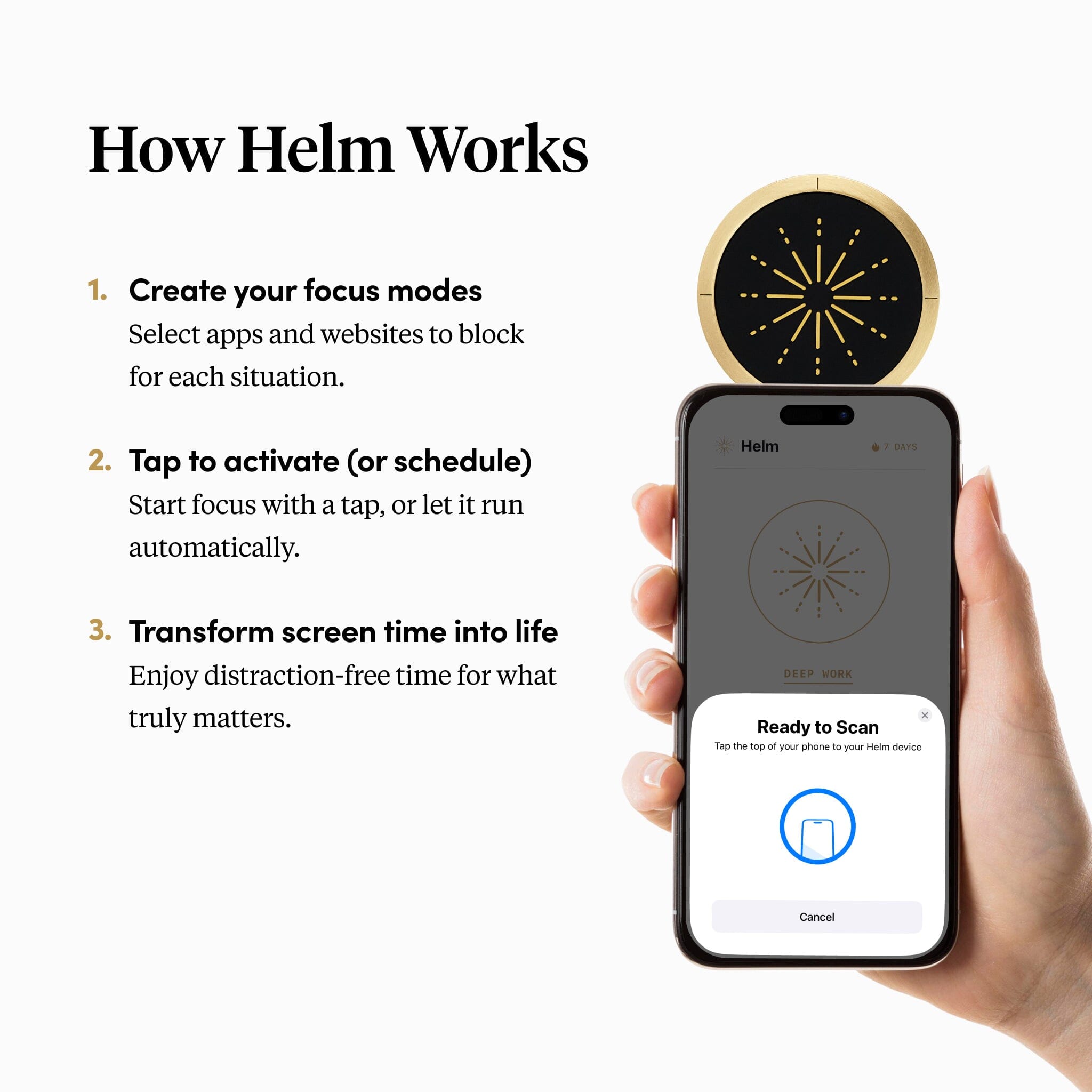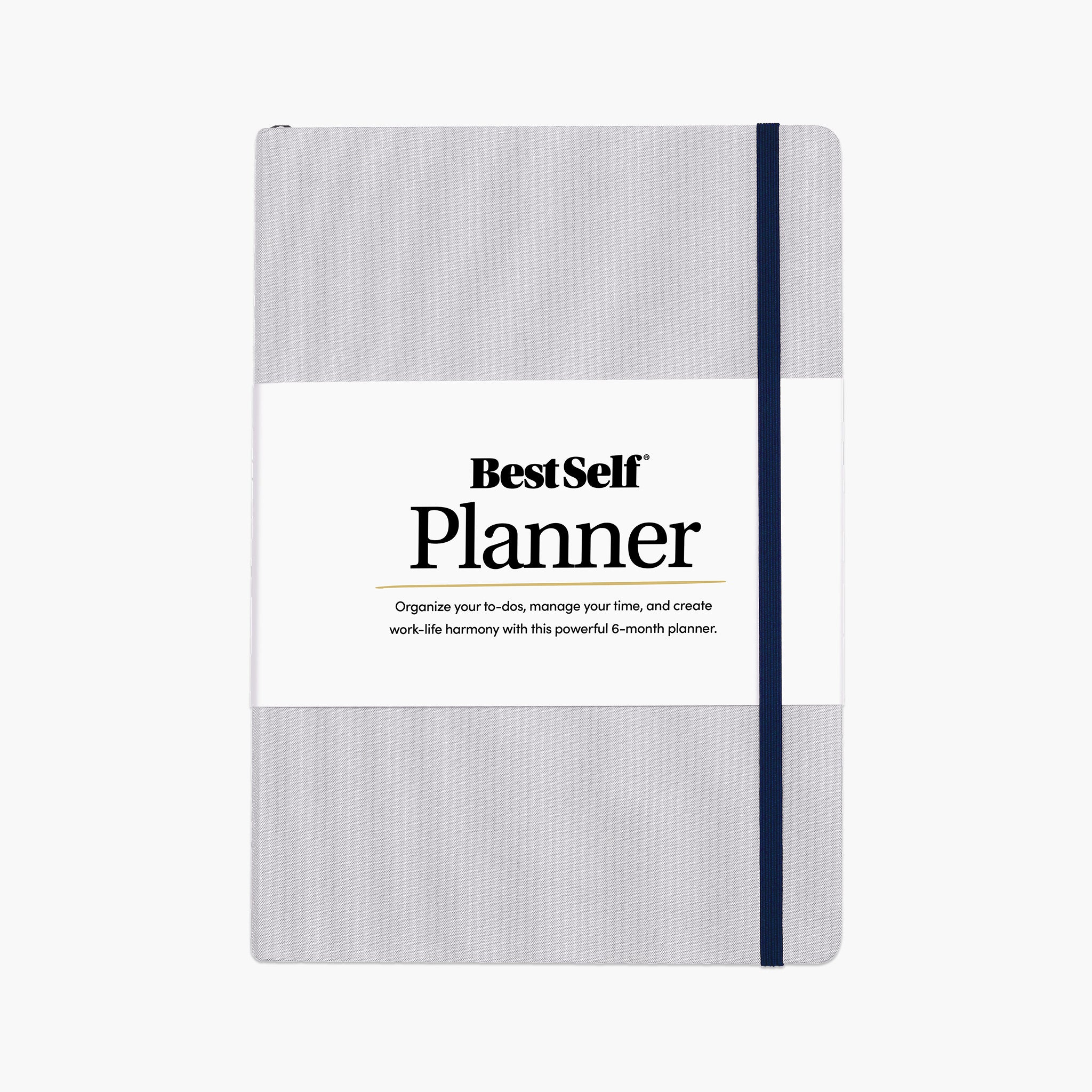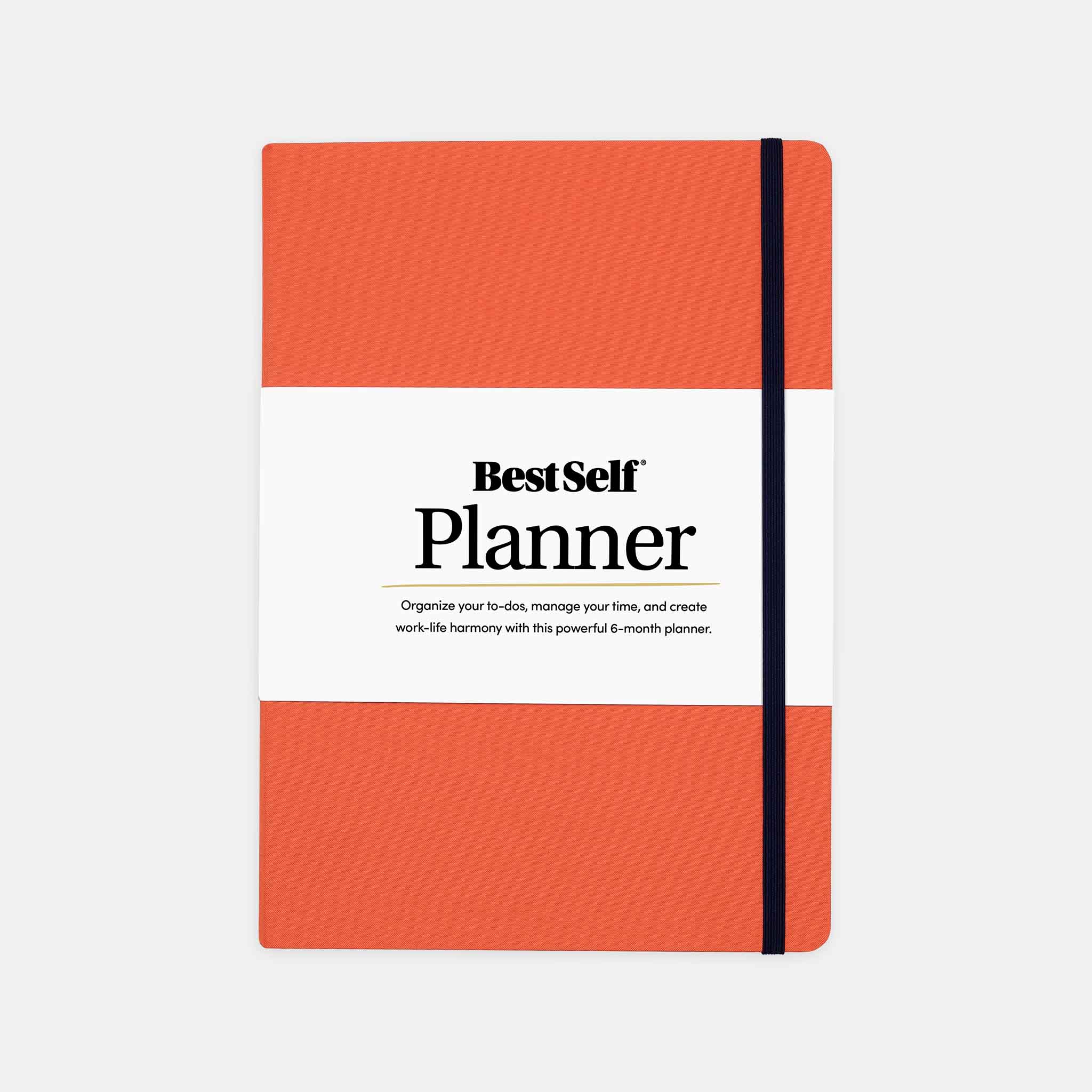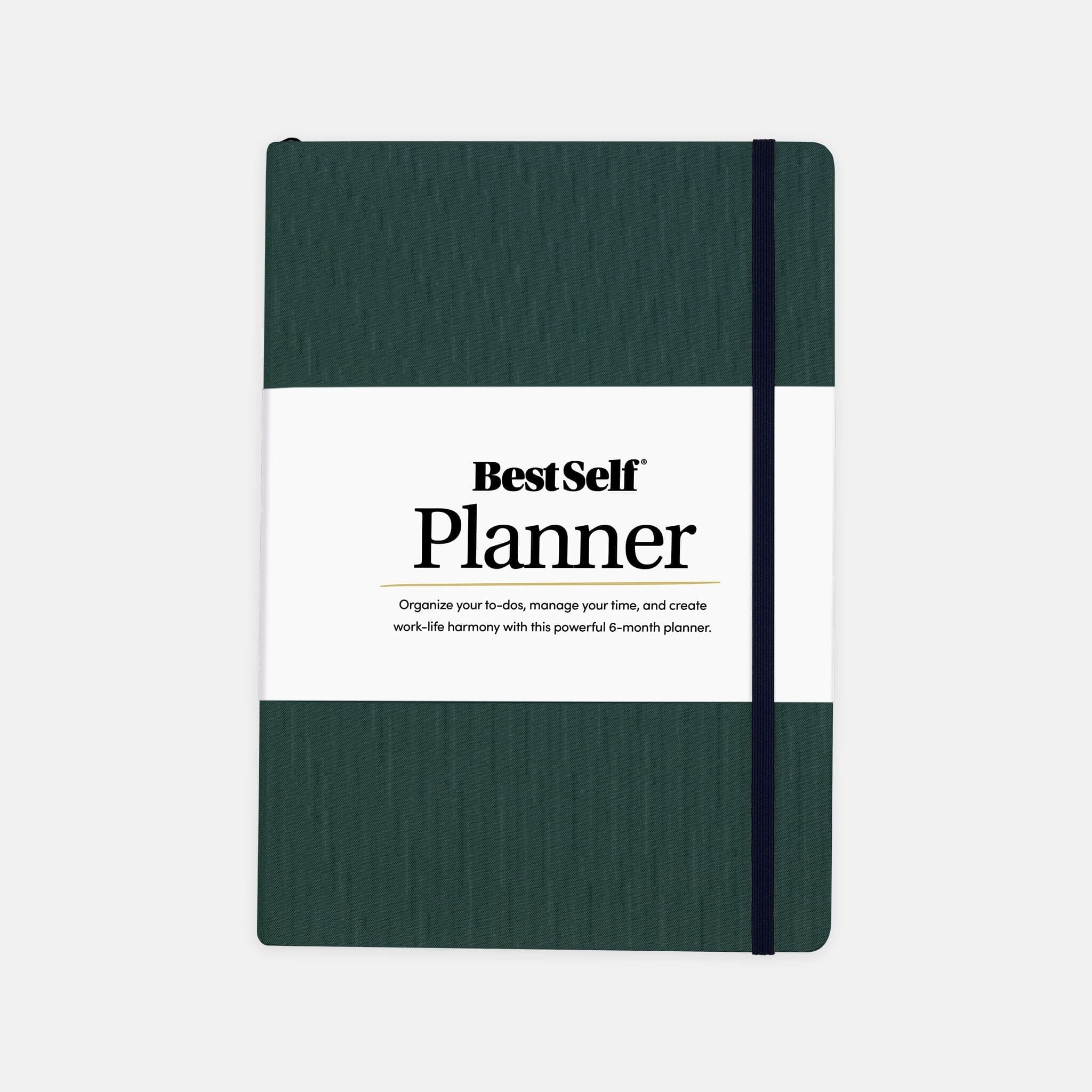We’ve all had setbacks. From regretting how many kids you invited to your child’s birthday party, to volunteering for an assignment that you don’t think you can complete, they’re the type of experiences that are just a part of life. So how do you identify when your goal just isn’t working and what do you do when you realize it? From meditation tips to reconsidering your goals, BestSelf has the backup plan you’re looking for.
Before you can decide whether to keep or ditch your current goals, you need to do a little reviewing. We’ve put together something we like to call the “Recipe for Re-Evaluation”. From these steps, you can glean the information you’ll need to make informed decisions for your next move.
1. Meditate
Mentally flossing will put you in a calm mindset to think rationally about your situation and what you want to do about it. Even the simple technique of taking a moment to breathe in and out can help you find clarity. To remind yourself even in the most stressful circumstances, check out our handy reminder, that’s not only functional but comfortable.
2. Consider your end goal
Write down what it is you’re trying to accomplish, whether it’s with a scrap piece of paper or one of BestSelf’s handy goal journals. You’ll be using it for reevaluation later.
3. Negatives outweighing Positives?
All things in life will come with some downsides. If they didn’t we could never appreciate the positives. For a healthy attitude to move forward, you need to be willing to move past the negatives to focus on the potential of tomorrow.
4. Plan < Bigger Plan
Consider whether or not accomplishing this plan will open the doors to potentially bigger plans. Improvement in life is one of the best ways to create harmony, happiness, achievement and self-esteem within yourself. Whether it’s mastering a skill, moving up in your career or building better relationships. Decide now if accomplishing your goal will pave the way to this type of well-being.
The Re-Evaluation Plan
Now it’s time to decide whether you need to change course and create a new plan or plow ahead towards your original goal. Remember that end goal you wrote down? Pull it back out and take a look at it. Now start drawing arrows away from it and write down reasons why you still want to reach that goal. Is it going to bring you happiness? Is it causing too many problems? Is it worth all the setbacks?
If your end plan is riddled with more arrows than a target at an archery contest, chances are you’re still passionate about what you want. That’s great. If you’re scraping the bottom of the barrel to come up with reasons, then maybe you don’t want it as badly as you thought. Is that a problem? No way. If we had to stick with every initial decision we made I would have had Chinese take-out many more times than I’d care to count.
Changing courses doesn’t label you as a failure, in fact, it means you’re intelligent. You’re showing yourself and everyone around you that you know what you want and you’re willing to break a few rules to get to where you’d like to be.
So now that you’ve decided which way you’d like to go, move on to the next steps.
The Stick with it Plan
Congratulations, you’re moving forward. Now is the time to find the motivation you need to press forward in spite of adversity; the match to relight the fire you’re still nursing somewhere deep inside yourself. In 1987, Dr. Zbigniew Religa was a pioneering heart surgeon practicing in Poland. Against all odds, Dr. Religa performed a 23-hour heart transplant. The feat was immortalized in a photograph showing the doctor reading the vital signs of the patient while his colleague, overcome with exhaustion, slept in the corner. The success of the surgery revolutionized the practice of transplants for the entire world. Dr. Religa faced fear, stigma, the unknown and countless other setbacks but didn’t let that stop him from his goal.
Most of you reading this will most likely not be world-renowned heart surgeons, but your goals are just as valuable. With a renewed desire to succeed and a possible change of work habits, it’s possible to get there in the end. Forbes has compiled a list of excellent ways to introduce successful habits that you’ll benefit from when determining a course of action. Additionally, Success.com discusses five ways to help you stick to your goal.
The Ditch it Plan
Not long ago, we wrote an article discussing the benefits of ditching a goal when it no longer serves its purpose. Whether your personal life is suffering, it’s no longer a goal you desire, or other priorities take precedence, taking a step back to realize you need to change course is a healthy thing to do.
Entrepreneur agrees. “If you’re chasing after something because you’re looking for approval or status, or because it’s what’s expected of you, that goal may just not be worth it. You’ll get to the finish line and think, This is it? This is what I killed myself for? Talk about anticlimactic.”
Passing go in Monopoly was always considered a restart for me. Collecting that $200 was the confidence I needed to get to Boardwalk before my opponents. In life sometimes we need to hit restart. At work, at home, in relationships...it happens everywhere and occasionally we get a do-over (if only it always came with an extra $200). When we reevaluate and change our goals, we’re telling ourselves it’s ok to begin again. That we can do something different. So, whether it’s modifying your end goal or changing it completely, just know that not only is it ok, but it’s encouraged.
Sometimes in life, you’ll get those lemons that t-shirts like to warn us about. And whether you choose to make lemonade, or hand them back and say “no thanks I’d rather have oranges,” you’ll be on the pathway to success. Plans will fail, goals will change, and you’ll still be human, just like the rest of us. So don’t be afraid to face the possibility of change.





































